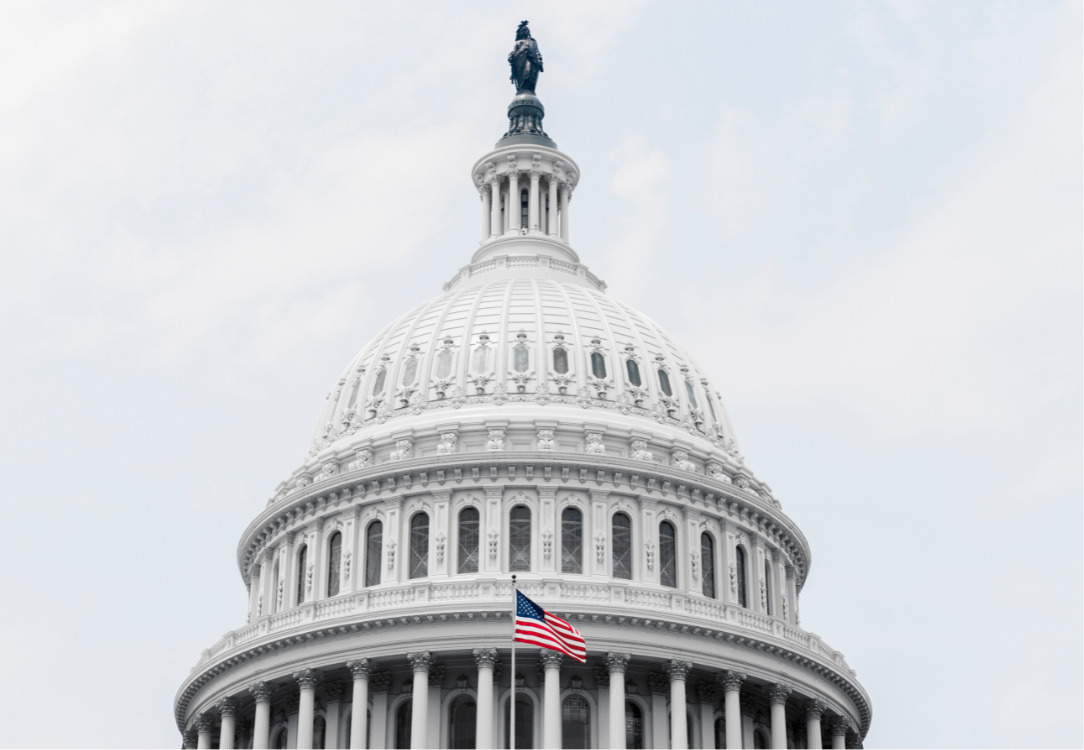Missouri, Alaska and Nebraska joined the growing number of states requiring certain employers to provide paid leave. Beginning in 2025, these laws will impact most employees in these states, with few exceptions. Massachusetts, Connecticut and New York represent states amending their leave policies.
State Law Leave Updates
Missouri
On November 5, Missouri voters approved a new law mandating paid sick leave for employees in Missouri. Effective May 1, 2025, the new law applies to private employers of all sizes, with certain exceptions, such as interstate railroad employees, small local newspapers, and retail or service businesses with less than $500,000 in annual gross sales.
Under the law, eligible employees will begin accruing paid sick leave on the later of May 1, 2025, or their hire date. Employees will earn one hour of sick leave for every 30 hours worked, with exempt employees presumed to work 40 hours per week unless their regular schedule is for fewer hours. Employees may carry over up to 80 hours of unused sick leave from year to year or receive a payout of unused hours at the end of the year. However, employers are not obligated to pay out unused sick leave when employment ends.
Eligible employees working for employers with 15 or more employees can use up to 56 hours of paid sick leave annually, while those with fewer than 15 employees can use up to 40 hours per year.
The law permits employees to use paid sick leave for various purposes, including personal or family health needs, public health emergencies, and certain circumstances related to domestic violence or sexual assault.
Alaska
Effective July 1, 2025, Alaska will require private employers to provide paid sick leave to their employees, with limited exemptions. Employers with 15 or more employees must offer one hour of paid sick leave for every 30 hours worked, capped at 56 hours annually. For employers with fewer than 15 employees, the same accrual rate applies, but employees are limited to 40 hours of sick leave per year. Exempt employees will accrue leave based on a standard 40-hour workweek unless their typical workweek is shorter. Unused sick leave can carry over year-to-year, but employers are not obligated to allow employees to use more than the maximum annual accrual.
Employees may use paid sick leave for a wide range of reasons, including physical and mental health issues, preventive care, and routine medical appointments. Employees may also use leave to care for family members, with “family” broadly defined to include domestic partners, foster children, and others with close associations equivalent to family. Additionally, paid sick leave can be used for circumstances related to domestic violence, sexual assault, or stalking, such as seeking medical care, legal assistance, or relocation services. Employers may only request documentation if an employee is absent for more than three consecutive workdays.
Paid sick leave begins accruing from the later of an employee’s start date or July 1, 2025, and can be used as soon as it is accrued. Employers must notify employees of their rights under the law in writing at the start of their employment or by June 1, 2025, whichever occurs later. Collective bargaining agreements must explicitly waive coverage for unionized workforces to be exempt, likely necessitating negotiations. Employers under multiemployer agreements must contribute to a sick leave fund to comply.
Nebraska
The Nebraska Healthy Families and Workplaces Act requires that private employers provide paid sick leave starting October 1, 2025. The law applies to employees working at least 80 hours annually in Nebraska, with few exceptions. Employers with 20 or more employees must provide up to 56 hours of paid sick time annually, and those with fewer than 20 employees must provide up to 40 hours per year. Sick leave may accrue at a rate of one hour per 30 hours worked, or employers may frontload the full annual entitlement at the start of the year. Unused sick leave generally carries over, but employers can opt to receive a payout of unused leave.
Employees may use accrued sick time for their own or a family member’s health-related needs, including illness, injury, diagnosis, treatment, and preventive care. Sick time also covers meetings related to a child’s health condition, emergencies like public health closures, or exposure to communicable diseases.
Documentation can only be requested after three consecutive days of absence, and employees are permitted to self-certify qualifying reasons if no healthcare visit occurred. Employers must accept oral requests for leave and cannot require employees to find replacements. Employers are prohibited from asking for detailed health information.
Employers must notify employees of their rights under the Act by September 15, 2025, and ensure policies align with the Act’s requirements, including notice, documentation, and anti-retaliation provisions. The Nebraska Department of Labor will provide model notices and posters to support compliance efforts.
Massachusetts
Effective November 21, 2024, employees in Massachusetts can use earned sick time to address physical and mental health needs resulting from pregnancy loss, failed assisted reproduction, adoption, or surrogacy under an amendment to the Massachusetts Earned Sick Time Law.
Initially implemented in July 2015, the law requires employers to allow employees to accrue and use up to 40 hours of sick leave annually. Employees accrue one hour of sick leave for every 30 hours worked. Employers with 11 or more employees must provide paid sick time, while smaller employers are only required to provide unpaid leave.
Prior to the amendment, employees could use earned sick time for personal or family health needs, routine medical care, or addressing domestic violence effects. The amendment now explicitly ensures employees can use this time for physical and mental health needs following pregnancy loss or failed family-building efforts, providing greater clarity and inclusivity.
Connecticut
Connecticut’s recent revision to the paid sick leave law impacts more businesses and employees across the state. Previously limited to employers with 50 or more “service workers,” the updated law expands coverage gradually, encompassing employers with 25 or more employees by 2025, 11 or more by 2026, and all employers by 2027. Exemptions for manufacturers and nonprofits have been removed, with only limited exclusions for certain construction-related employers under collective bargaining agreements.
The revised law also extends sick leave coverage to nearly all employees, moving beyond the prior focus on service roles. While seasonal employees working fewer than 120 days annually remain excluded, other workers are now eligible to accrue one hour of paid sick leave for every 30 hours worked, capped at 40 hours per year. Employers can allow carryover of unused sick leave but may limit annual usage to 40 hours. Alternatively, they may provide a fresh bank of 40 hours at the start of each year, ensuring immediate availability of leave.
Additional changes include broader allowable uses of sick leave, such as caregiving for family members, attending medical appointments, or addressing public health emergencies like school closures. Employers can no longer require employees to provide documentation for foreseeable absences or arrange replacements for missed work.
New York
Starting January 1, 2025, New York employers will be required to provide 20 hours of paid prenatal leave within any 52-week period, under an amendment to the state’s paid sick leave law. This new provision ensures employees have access to paid time off specifically for healthcare services related to their pregnancy.
The amendment defines prenatal leave broadly, allowing employees to use this time for activities such as physical exams, medical procedures, monitoring, testing, and consultations with healthcare providers related to their pregnancy. Employees can take this leave in hourly increments, paid at their regular rate or the applicable minimum wage, whichever is higher.
This prenatal leave is an additional benefit and does not reduce existing entitlements under other laws, such as New York’s paid sick and safe leave, paid family leave, or the federal Family and Medical Leave Act (FMLA).
Employer Considerations:
- Employers should update their paid leave policies and payroll systems to reflect these new plans and plan amendments.
- Notices must be displayed prominently in the workplace.
- Employers near the employee count thresholds should assess their payroll and prepare for compliance.
Question of the Month
Q: Can a self-insured plan offer diabetes supplies at no cost and with no deductible on qualified high deductible health plans (HDHPs) per the IRS regulations for health savings accounts (HSAs)?
A: Insulin is considered preventative and can be provided under an HDHP prior to satisfying the deductible. In addition, any dosage form (e.g., vial, pump, inhaler) of any different type of insulin is permitted. The IRS also expanded the types of acceptable insulin products to include continuous glucose monitors for people with diagnosed diabetes. IRS Notice 2019-45 includes some additional preventative care drugs permitted for people with diabetes.


